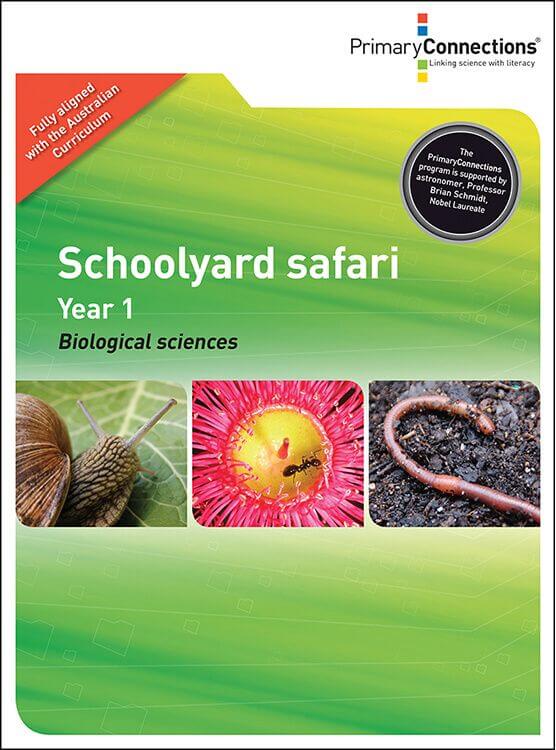Schoolyard safari addresses the AC Science Understandings ACSSU017 Living things have a variety of external features, and ACSSU211 Living things live in different places where their needs are met, in the context of exploring and investigating habitats found in the schoolyard.
Schoolyard safari provides students with hands-on opportunities to:
- observing the features and behaviour of small animals such as earthworms, snails and ants
- develop a better understanding of how adaptations help animals survive in their habitats
- identify similarities and differences between small animals
Students apply their new learning by:
- planning and conducting an investigation to collect data that will encourage students to make links between the types of habitats and the features of the animals that are found there, and how that contributes to meeting animals’ needs.
Linking science with literacy
In the Primary Connections approach, students are supported to create representations that draw on and strengthen their literacy development. In Schoolyard safari, students represent and explain their understanding about how living things have a variety of external features and live in different places where their needs are met, by creating these representations:
- Factual text
- Data table
- Graph
- Ideas map
- Labelled diagram
- Map
- Role-play
- Word wall


